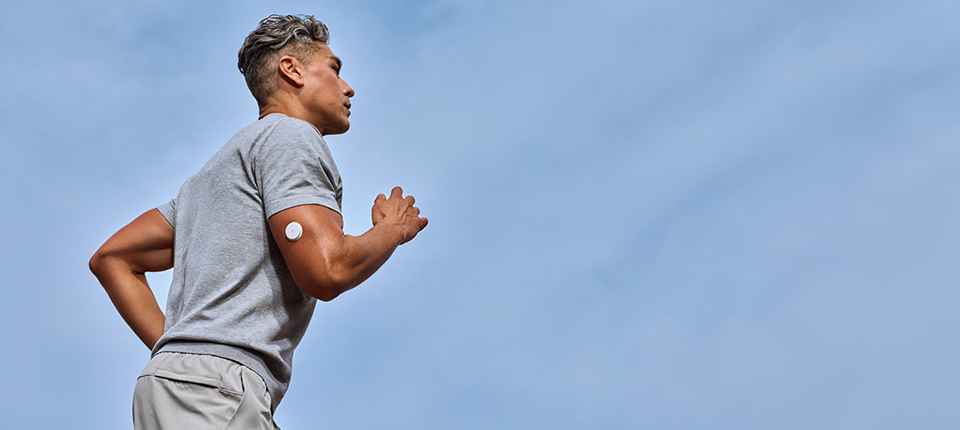1. Biowearables Can Measure Key Biomarkers on Demand
One big difference between biowearables and your average fitness tracker is the depth of information you receive about yourself. To put it in simple terms, biowearables go under the skin to measure important biomarkers at the cellular level. These biomarkers include:
- Glucose: Measuring your glucose levels helps you get a better grasp on our health, diet, nutrition intake, exercise routine or athletic performance.
- Ketones: Your ketone level is an indicator of your overall metabolic health. For those on the keto diet, knowing when your body is actually in ketosis could mean that you'll know when you're burning fat for fuel.
- Lactate: This biomarker helps us measure the body's response to exercise. When lactate rises, that can also be a sign that the body might be trying to repair itself.
Knowing your real-time levels of any or all of these biomarkers can have a profound impact on your well-being.
"It's the data that people get that gives them the power to take action," Taub said.
2. Biowearables Relay Information that is Uniquely 'You'
There's no "Other Users Recommend" feature in play here. Your biowearable is designed to relay what's going on in your body.
It's easy to imagine the possibilities that spring from that.
"We're entering a time where technology can provide personalized information right in your hands to help you make decisions that will help you stay healthy, have energy and live the life you want," Taub said.
"In 2028, you may wake up to an app giving you a personalized recommendation for breakfast based on what fuel your body needs in the moment, based on its read of your schedule that day."
"We're not there quite yet, but it's not far off."
3. Biowearables Have the Potential to Transform Healthcare for the Better
Taub also sees a future in which biowearables talk not only to the people who wear them, but to healthcare providers who can lend a helping hand.
We already see this with biowearables used for people with diabetes, such as Abbott's FreeStyle Libre portfolio of continuous glucose monitors. People can allow their healthcare providers to view their data remotely to help them make treatment decisions.
And further technological advancement will bring the potential for more use cases in the future.
"Today, there are a number of tests we perform once or twice a day for a person in the hospital," Taub said. "These provide data from a point in time but may change rapidly a few minutes or hours later.
"With biowearables, we could one day have a constant stream of invaluable data that could alert doctors to sudden changes — even trigger an alarm at the nurses' station if a value crossed a dangerous limit — potentially saving lives."
A Future Vision for More Visibility
In theory, biowearables offer these benefits and more. In practice, the biowearable revolution is already underway.
Building on our FreeStyle Libre portfolio, we are developing our Lingo line of consumer biowearables to measure glucose, ketones and lactate.
Our goal is to create new technologies that open a window into the body like never before — so that, as you're looking within, your health is always looking up.
